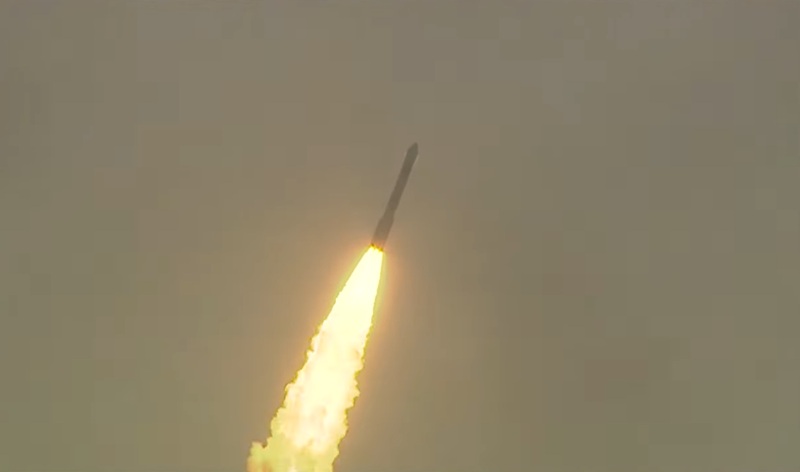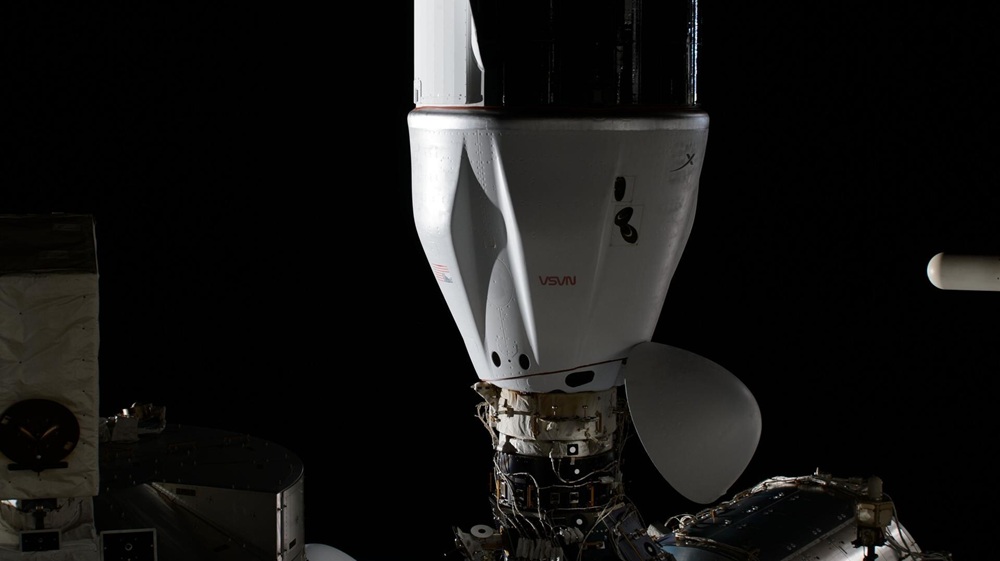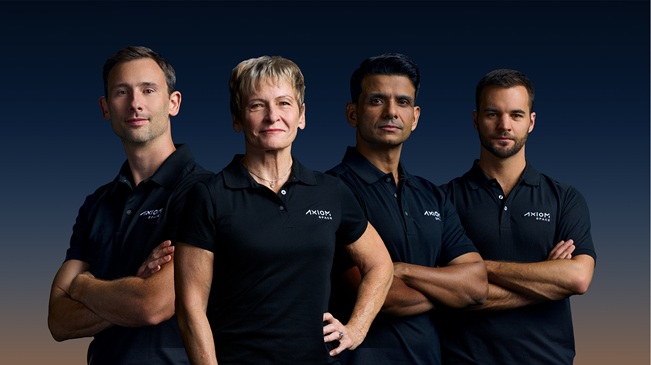Indian space tech startups Pixxel and Dhruva Space have achieved a significant milestone, successfully launching their advanced satellites aboard SpaceX’s Falcon 9 rocket on August 27, 2025, marking a new era for India’s private aerospace sector. This joint deployment places the companies at the forefront of global Earth observation and satellite infrastructure, reinforcing India’s growing presence in the commercial space race.
Falcon 9 Launch: A New Frontier for India’s Space Startups
Pixxel, based in Bengaluru, launched three more of its Firefly hyperspectral imaging satellites, completing the initial phase of its constellation. Meanwhile, Hyderabad-anchored Dhruva Space’s debut commercial mission, LEAP-1, showcased its satellite platform carrying payloads from Australia’s Akula Tech and Esper Satellites. The launch, which took place from Cape Canaveral, Florida, was greeted with enthusiasm by the global space industry and hailed as a major leap forward for Indian private enterprise in space.
Pixxel’s Firefly Constellation and Next Steps
Pixxel’s newest launch means it now operates six Firefly satellites in sun-synchronous low Earth orbit at 550 km altitude. Each 50-kilogram Firefly satellite is built to capture over 135 spectral bands at five-meter resolution, spanning a swath of 40 kilometers, delivering data once considered out of reach for commercial operators. These capabilities empower applications in agriculture, climate change detection, mineral exploration, and disaster response, providing near real-time data at daily intervals. With its proprietary technology, Pixxel aims to “enable governments and industries to detect subtle changes in Earth’s ecosystems with unprecedented accuracy,” said CEO Awais Ahmed.
Pixxel is now setting its sights on its next-generation Honeybee satellites, designed to operate alongside Fireflies. Unlike their predecessors targeting mostly visible and near-infrared, Honeybee satellites will push deeper into the electromagnetic spectrum, covering shortwave infrared and substantially increasing the range of use cases. This expansion is set to augment revisit times and support new commercial and governmental data requirements.
Dhruva Space’s Breakthrough Mission
For Dhruva Space, LEAP-1 represented not only its first commercial satellite deployment but also a technological showcase of its indigenous P-30 platform. The mission included payloads from Australia’s Akula Tech, offering an AI module with on-orbit machine learning retraining capability, and Esper Satellites, with next-generation hyperspectral imaging. This approach enables rapid, on-the-edge data processing for missions ranging from fire detection to spectral analysis in defense and disaster monitoring.
CEO Sanjay Nekkanti hailed the collaboration with Australian partners as “a remarkable opportunity for Indo-Australian space business,” highlighting the international dimension of Dhruva’s ambitions. The Leap-1 platform’s design and technology were previously space-qualified on an ISRO mission, underlining the growing integration between Indian startups and the country’s established public sector.
Strategic Impact and Industry Momentum
The successful ride on SpaceX’s Falcon 9 signals more than just new satellites in orbit—it’s illustrative of wider shifts in Indian space policy and public-private synergy. Recent government reforms have fostered unprecedented engagement from startups and private capital. Pixxel and Dhruva Space, together with partners SatSure and PierSight, recently won a landmark contract from IN-SPACe to develop and operate India’s first commercial Earth observation satellite network under a public-private partnership (PPP) model.
This ambitious PPP will see a 12-satellite constellation equipped with multispectral, hyperspectral, and SAR sensors, funded exclusively by private players in exchange for guaranteed government data access. The project is expected to transform geospatial intelligence for governmental, industrial, and infrastructure applications across multiple sectors.
Global Ambitions and Investor Confidence
Pixxel’s $95 million funding—backed by industry heavyweights including Google, Lightspeed, and Glade Brook Capital—underlines investor faith in the startup’s international vision. Dhruva Space’s $15 million in funding from the Indian Angel Network, Alpha Fund, and Blue Ashva Capital further strengthens domestic confidence in India’s ability to build world-class space hardware.
Industry experts and government officials have described the latest Falcon 9 deployment as “a defining moment” for India’s commercial space ecosystem. Hyperspectral imaging and small-satellite technology are rapidly becoming critical for sustainable resource management, digital infrastructure, and climate action. As Pixxel and Dhruva’s latest satellites settle into operational mode, they are not merely advancing their respective businesses—they are enhancing India’s reputation as a dynamic new hub for technological innovation in space.
The joint Falcon 9 launch sharply underscores the evolving role of Indian startups in international space commerce. As Pixxel’s Fireflies beam back detailed hyperspectral data and Dhruva Space’s LEAP-1 platform flexes its technological prowess, both companies are emblematic of India’s ambitious leap into a new era of private space enterprise and global collaboration.




